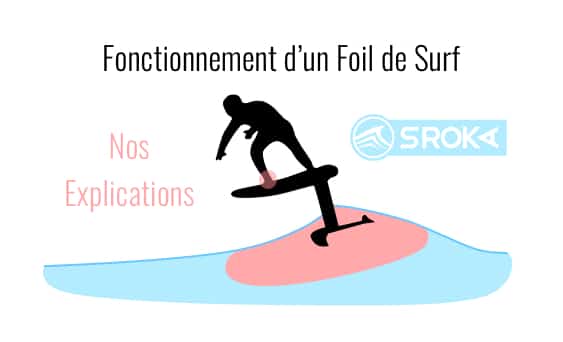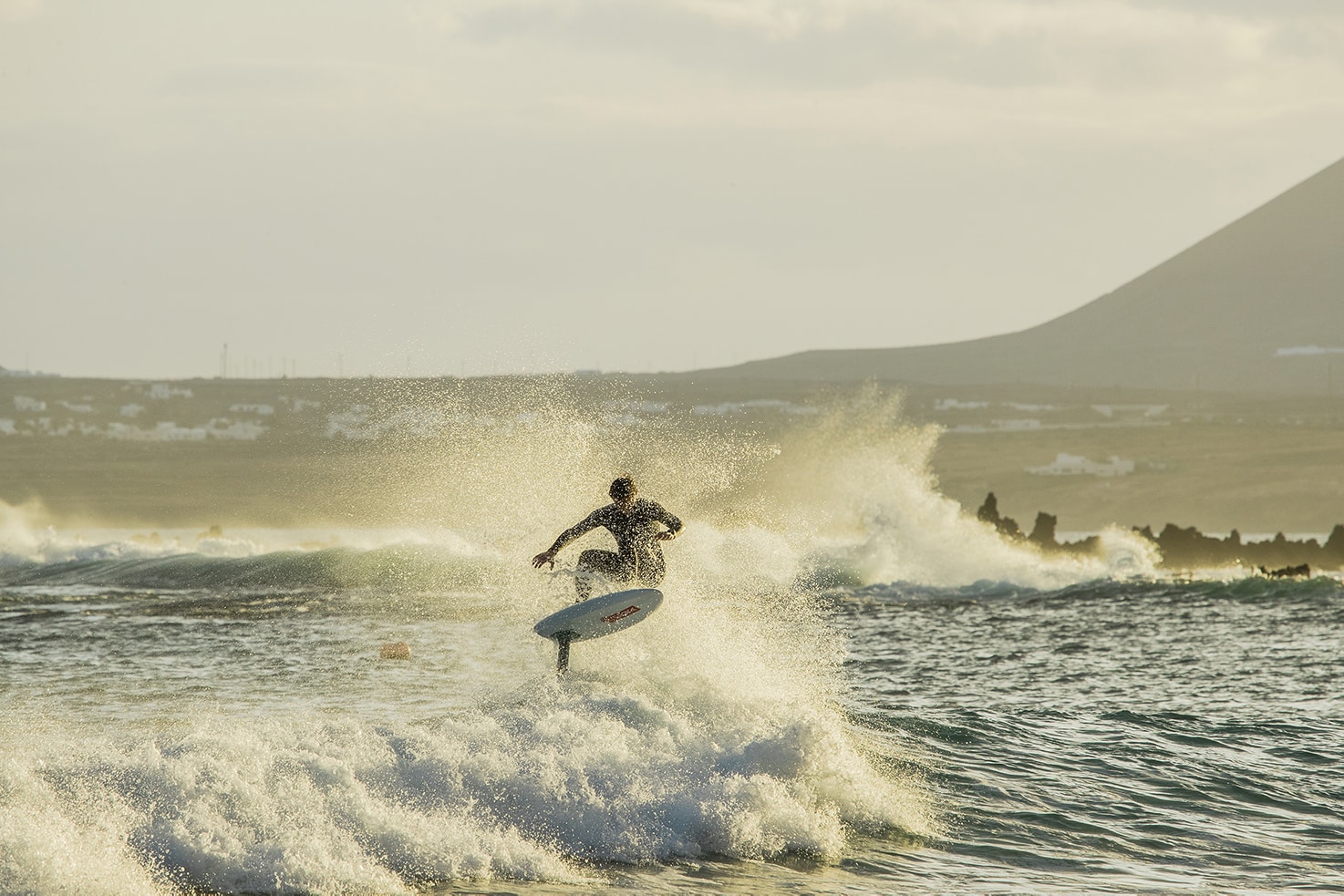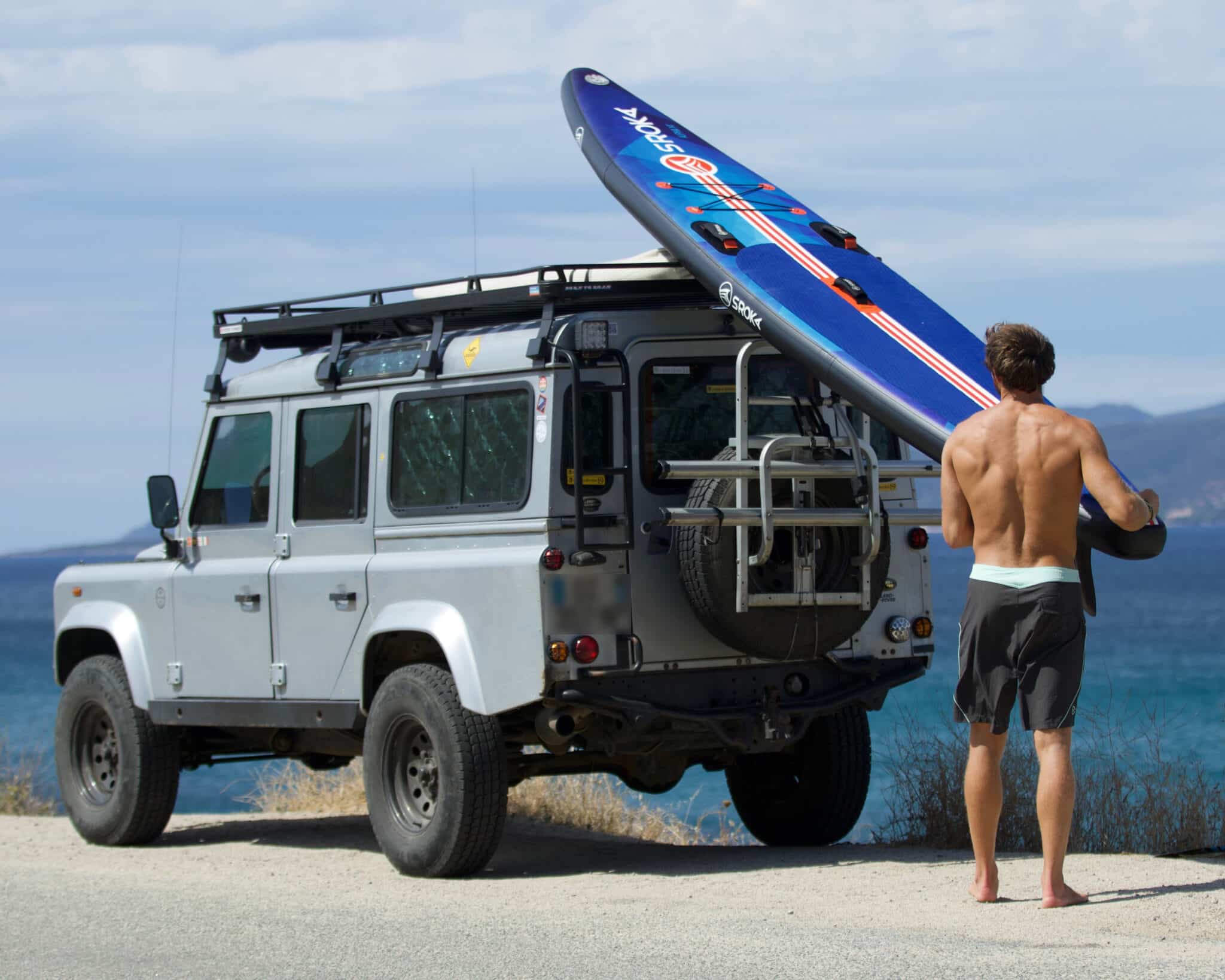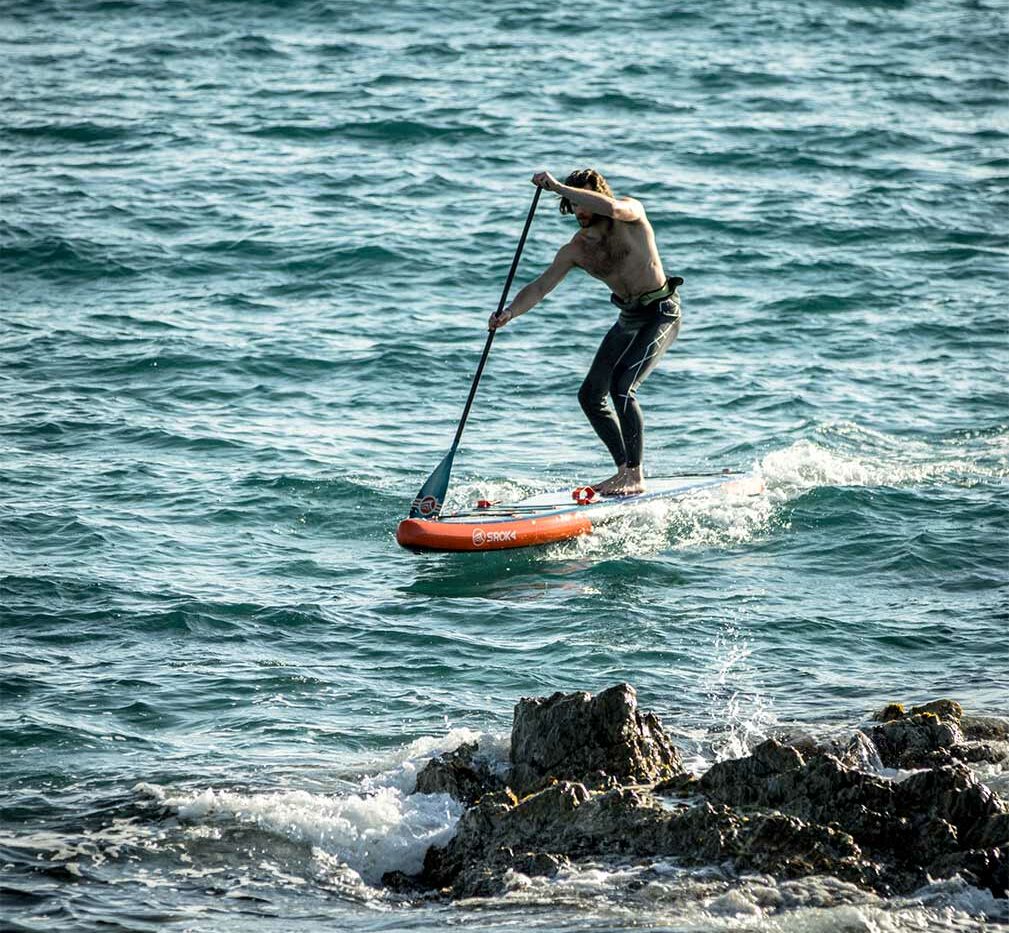 LE MAGAZINE
LE MAGAZINE5 tips for practicing Sup Foil

5 tips for practicing Sup Foil
Imagine gliding over the waves, almost as if you were flying over the ocean!
The SUP Foil is a combination of paddle and foil. The sup foil or also known as stand-up paddle foil is an activity where you come to surf waves with a stand-up paddle board equipped with a foil under the board. The foil is an “underwater plane” that flies underwater and uses hydrodynamic flows.
Surfing with a surfboard in soft waves is not very pleasant. On the other hand, this wave is perfect for Sup foil. A shallow, round wave is ideal for foil. There are various Sup disciplines foil:
- there are beach waves that you can sup foil and
- there is the Downwind foil.
In this article, we’ll be talking solely about the sup foil. Here are a few essential points to know:
Who can do sup foil?
SUP Foil requires little prior expertise in paddling or in foil. It’s a discipline that’s fairly easy to learn, allowing beginners to discover the joys of foil. Indeed,learning SUP Foil is generally more accessible than other disciplines in the foil universe. Not only does it offer the opportunity to discover the foil environment, it also allows experienced surfers to discover a different reading of the waves. You can start with a boat. This simplifies the learning process by letting the boat pull you along.

Tip 1: Choosing the right Sup equipment foil
1. How to choose a stand-up paddle foil?
SUP Foil consists of surfing a stand-up paddle board equipped with a foil (or kite) under the surface. You can’t use a standard paddle unless you modify it. Ideally, hard paddles are much more efficient. In general, foil sup boards are much smaller than sup boards. The board is just used to get on and hold the foil. This foil, attached to the mast, allows the board to rise above the water when you pick up speed, a bit like an airplane. Of course, you can’t forget the paddle. So, let’s break it down point by point.
A beginner will be looking for a bit of board length to glide and get going sooner. Unfortunately, this type of board will have a bit of inertia and won’t be very responsive for the best. Sizes that might be suitable range from 6’3 to 8 feet. These are boards with a little width to maximize stability.
The good rider will use a shorter board to maximize turns and decrease wingspan. The boards will be narrower and will start paddling much earlier, but require more balance.
If you’ve mastered the sup foil, go for thinner boards to maximize glide and reduce drag.
2. Choose your foil from SUP
The mast: as a general rule, the mast should be between 60 and 80 cm. Indeed, if you’re on a beach break, the waves don’t break very far, so opt for a shorter mast.
Front fin size: To start with, a 1250 cm2 or even 1500 cm2 wing may be a good alternative for beginners with a fairly compact shape like the Control range, to gain in maneuverability.
Fuselage: a short fuselage won’t give any more maneuverability, a long fuselage will give more stability. So, to start with, take a 68 fuselage to regain control and stability.
The stabilizer: a large stabilizer stabilizes your foil. A smaller stabilizer makes foil easier to handle.
Foil Carbon or Alu: Both work very well, it’s a question of budget. An aluminum foil will be cheaper and more resistant to impact. A carbon foil will be faster and easier to handle, but more expensive.
3. Choosing the right paddle for super-skiing foil
A carbon paddle will clearly be more efficient, more responsive and lighter. For the most efficient paddling, opt for a carbon paddle with a minimum of 50% carbon, to regain responsiveness and good propulsion.
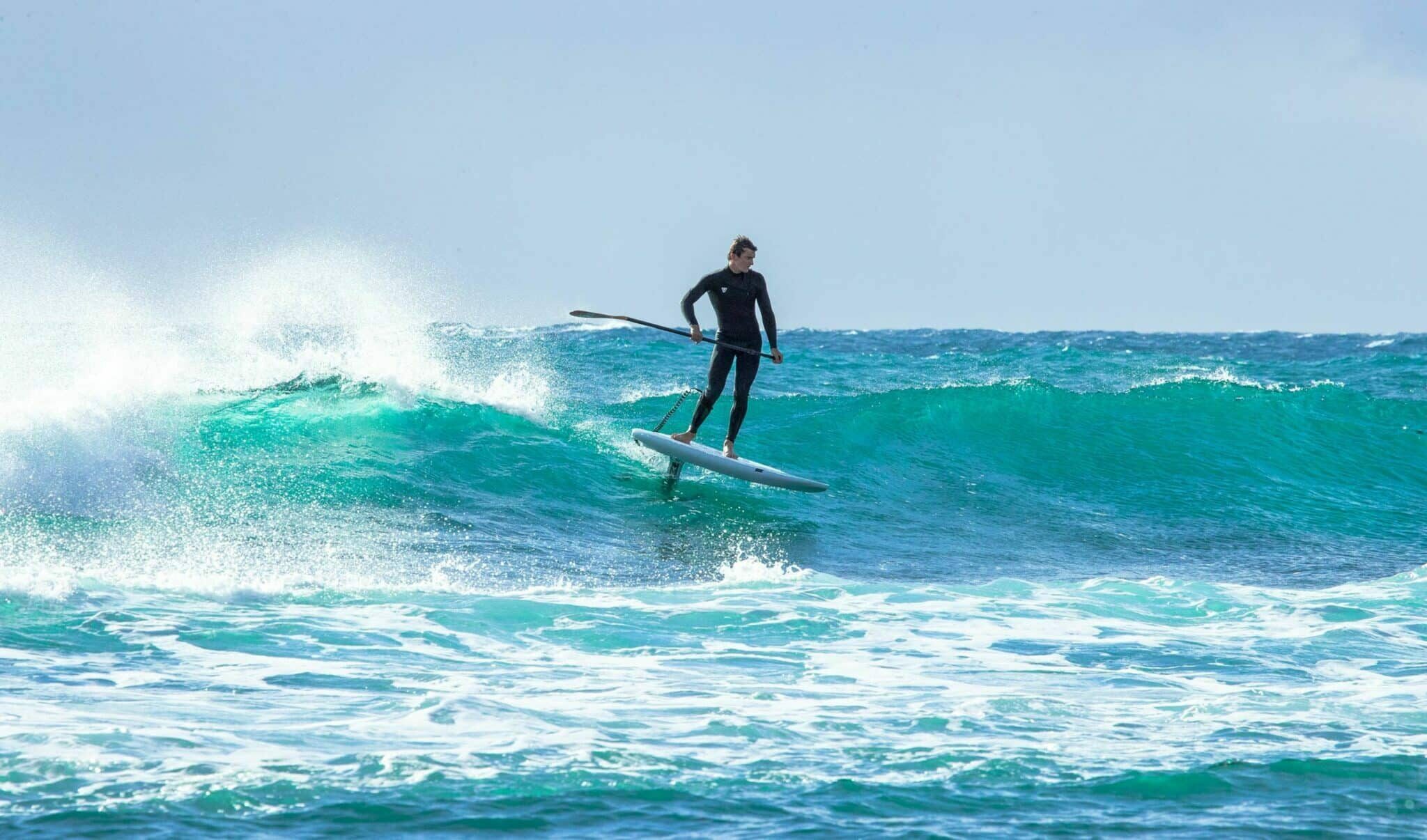
Tip 2: Choosing a Sup spot Foil
Don’t overestimate yourself, choose a spot with few people to start with and, above all, keep away from everyone to avoid colliding with another person.
- Choose soft waves that reform. Don’t leave on impact.
- Watch out for low tide, when there’s usually no bottom.
- Opt for a maximum hip-height wave to start with.
- When you want to get into the water, hold the foil by the handle and when you enter the water, never put your foil between you and the wave to avoid catching the foil or the board in the head. Push your foil to get enough depth and turn your foil into the water. Then get on the board.

Tip 3: Learning balance and stability on the sup foil
Before launching out onto a wave, get used to the paddle’s stability. If you’re a complete beginner, try towing a boat to get a feel for flying. Alternatively, get in touch with wakeboard lifts, most of which offer introductory courses at foil.
When you’re comfortable, head to the spot and look for soft waves with a gentle slope.
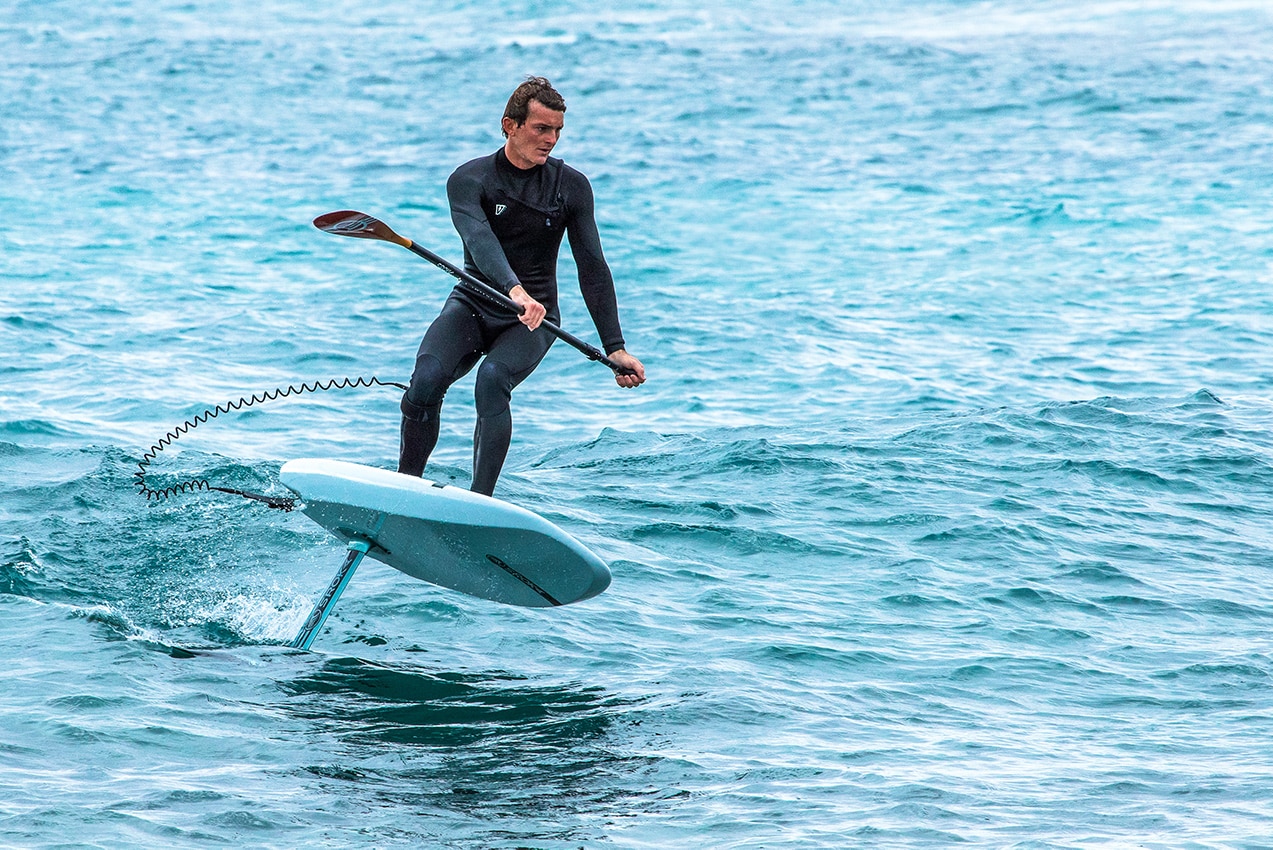
Tip 4: Efficient paddling technique on sup foil
Technique differs slightly between short and long boards. But efficient paddling is the key to getting off to a good start. It’s the explosiveness of your movement that will get you going fast and allow you to pick up speed and be propelled by the wave.
Foot placement is crucial: the center of gravity must be positioned above the front wing of the foil. If you are flying balanced, then your foot placement is optimal. If you have too much pressure in the back leg, step back on the foil, if you have too much pressure in the front leg, step forward on the board.
Shoulder position is important. Don’t keep the same position as in surfing, put your shoulders facing the wave (open your shoulders). This allows you to balance better on the board and avoid being thrown off balance.
Shoulder position is important. Don’t keep the same position as in surfing, put your shoulders facing the wave (open your shoulders). This allows you to balance better on the board and avoid being thrown off balance.

Tip 5: Surfing waves foil
The advantage of sup foil is that you’re standing up, so you can watch the waves from a great distance and optimize your positioning as much as possible.
Put your back to the wave and start paddling. The aim is to be able to pick up speed before the wave catches up with you so that, when the wave comes, you can go with it. So don’t exhaust yourself too quickly by paddling like crazy if the wave is a long way from you. Accelerate your paddle stroke as the wave gets closer to you.
When you feel the wave pushing you, transfer the weight more to the front leg to accelerate the board downhill, then transfer your weight backwards so that the board takes off. Stabilize the board by shifting your weight forward again.
This will accelerate the foil and generate lift quickly, allowing you to start flying.
At first, don’t try to turn, just go straight ahead and follow the wave.
Go for the lefts if you’re a goofy type, and the rights if you’re a regular type.
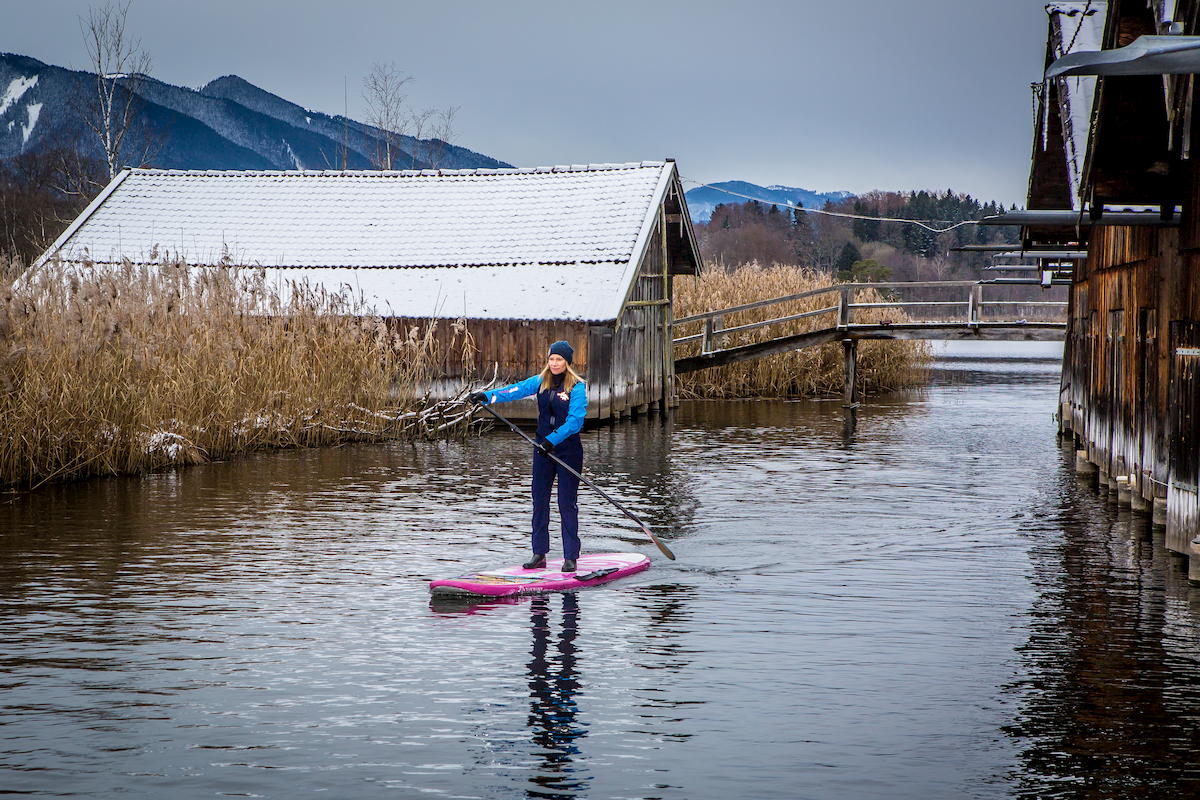
Tip 6: Security and best practices in sup foil
Choose a soft wave with few people.
Take a leash large enough to avoid catching the foil or the board in your face.
Never put your gear between you and the wave or you’ll get it back up your nose.
Don’t go all the way to the edge or you’ll hit the bottom
Avoid sailing in crowded areas
find out about the size and period of the swell. A wave of 80 cm to 1 m with a period of 8 to 10 seconds to start with is ideal.
Our tips for making rapid progress in sup foil
Increasing the size of the wave to get more power and speed will force you to reduce the size of the foil, but will increase speed and manoeuvrability.
Link more turns and cut backs to position yourself where there’s the most power.
To increase your efficiency, especially on the ascent to the peak. Decrease board size to increase maneuverability and reduce overall board volume. Opt for higher aspect ratio kites.
In conclusion: Your choice of equipment and wave conditions will determine how fast you progress. The longer you practice, the faster you’ll progress. Unfortunately, with this type of activity. You need to spend time on the water to progress and master the different techniques.
Sup foil is the first step. If you’ve mastered the sup foil, you’ll be able to go downwind foil either with a wing or, if you’re good enough at rowing, with a paddle. The idea is no longer to ride the waves on the shore, but to ride the swell on the open sea, letting yourself go downwind.
 Le Magazine
Le Magazine



